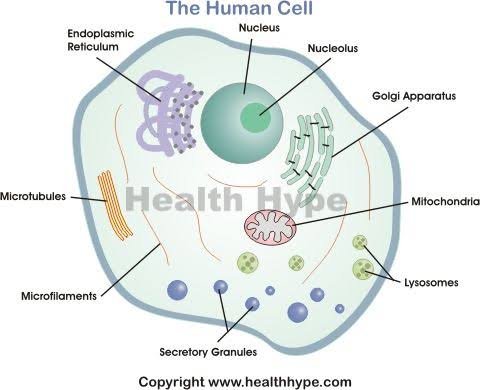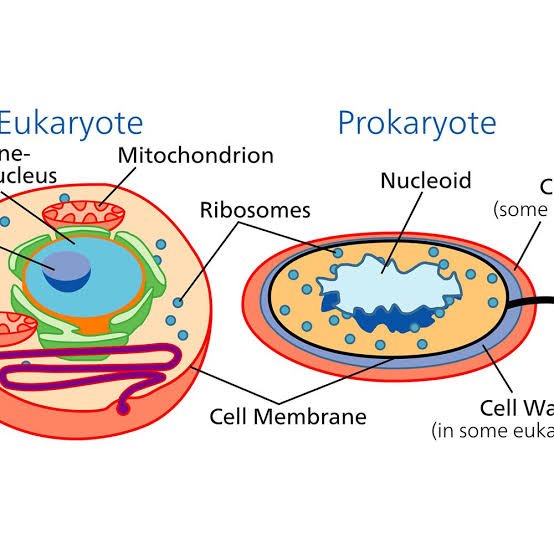The Cell and It’s Facts
Introduction
What is cell?
The cell is the smallest unit of the human body. All living organisms are made up of cells and the cells make up the tissues.
A cell is made up of three parts and they include;
• Cell membrane
• Nucleus
• Cytoplasm
The cell membrane helps to control all substances that go inside and outside the cell.
The nucleus is found inside the cell and it contains the cell’s DNA. Some of the RNA are also made in the nucleus.
The cytoplasm is fluid-like and it is also found inside the cell, it’s contains cell types that has other functions such as the mitochondria, endoplasmic reticulum (ER) and Golgi apparatus. Most chemical reactions takes place in the cytoplasm and it is where some proteins are made.
Types Of Cell
• Prokaryotic cells
A prokaryotic cell is a single cell that has no nucleus and other membranes.
Prokaryotic celled organisms are usually unicellular in nature. Prokaryotes are smaller than the smallest eukaryote, this is because it contains less DNA needed to create proteins for efficient membrane.
• Eukaryotic Cell
The eukaryotes has a well defined nucleus and a nuclear membrane that surrounds the nucleus in which the chromosomes (structure containing hereditary materials) are located.
Facts About The Cell
- Cells are the smallest unit of life found in all organisms.
- Robert Hook first discovered Cell in 1665 when he looked at cork under a compound microscope
- The cell theory was suggested in 1839 that all living organisms are made up of cells.
- Organisms can have either a unicellular or multicellular Cell.
- A unicellular organism has only one cell, an example is bacteria.
- A multicellular organism has more than one cell, an example is humans.
- The human body has about 200 different types of cells
- The cell division was first observed by Hugo Von Mohl in 1835.
- It is estimated that the human brain contain about 80 billion cells.
- A person who studies the cell is known as a cell biologist.
Conclusion
The human body is made up of trillion of cells and they take in nutrients from food and convert the nutrients to energy in order to enable some specialized functions.


Hi tunes01
I am pleased to read your post here.You have a concise explanation of the cell.Some organisms are unicellular whilst others are multicellular.It is the basic of life and functional unit of life.One organelle I like most is the mitochondria which is the site or location for cellular respiration.I call it the power house of the cell.
I’m glad you have a concise knowledge about the cell.
I am currently in club75
No.You are out of the clubs.Show me the screenshot to back up your evidence @tunes01
Really?
And I didn’t even know.
I will join back the club soonest.
Thank you
Alright